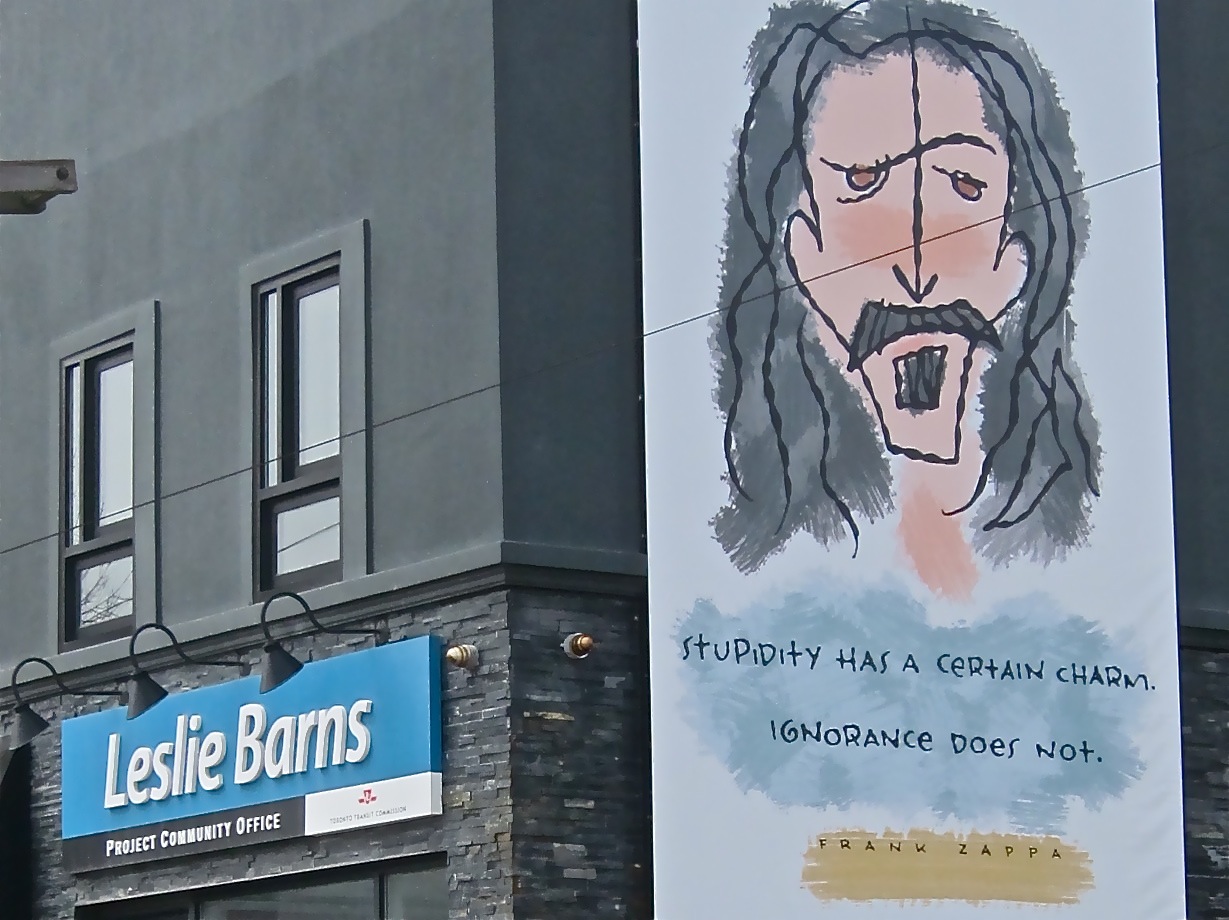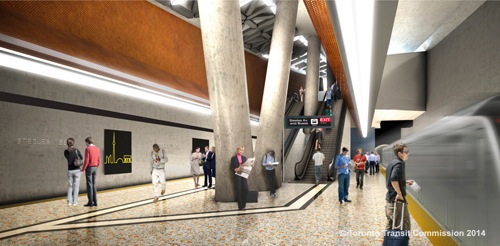
By STEPHEN WICKENS
The obvious irony is that a consultant’s report released in September 2016, advising the Toronto Transit Commission how to complete capital projects on budget and on time, missed its deadline by 10 months.
We don’t know if there was a set budget, and weeks of trying to find out merely how much the public paid has turned up nothing: The city told me to ask the TTC, while the TTC replied, sorry, “the city commissioned it.”
The consultant, KPMG, also didn’t respond to requests for comment on what it billed and why it took such a soft approach to investigating troubled projects – including the Toronto-York-Spadina subway extension (TYSSE), the Leslie Barns streetcar facility and new signalling systems for the Yonge-University-Spadina subway.
Apparently, the city seems happy with KPMG’s work and the TTC has agreed to adopt all 41 recommendations, including calls for “gate-keeping” at key stages on future projects, clearer definitions of management responsibilities and better processes for documenting and monitoring progress. Local media gave the report a quick and soft once-over, and likely won’t return to the matter.
But does this report get us any closer to delivering bang for the buck on transit projects?
A public angered by fiasco after fiasco on the transit capital file might ask why KPMG ignored the many people who warned early on that these projects were off the rails.
KPMG didn’t talk to David Gunn (the most-respected TTC chief in recent decades). Gunn, in 2011, told the TTC, politicians and Globe and Mail readers the signalling project was in deep trouble and that the grandiose, stand-alone stations on the TYSSE made no sense. He also advised TTC leaders to rethink the Bombardier streetcar purchase decision that has turned out to be so problematic.
In a recent discussion, Gunn pointed out that if the TTC had listened and opted for proven 70% low-floor vehicles instead, it would have saved money and grief and wouldn’t have needed the Leslie Barns maintenance facility at all. And if KPMG had talked to those who can say “I told you so” on Leslie Barns, it wouldn’t have swallowed the “scope creep” excuse for cost overruns (a botched site-selection process made the utility relocations necessary, setting off a chain reaction of cost escalations).
City councillor Mary-Margaret McMahon labelled Leslie Barns “a boondoggle” on her first day in office in 2010, but was repeatedly ignored by the TTC and fellow politicians. KPMG didn’t contact her either.
Seeking alternatives, McMahon assembled a group that included globally respected transportation engineer Ed Levy. If KPMG had spoken with him (or others in the group, including me) they might have learned the city – blinded by the prospect of getting 18 acres from the Toronto Port Authority for $1 – encouraged the TTC to skip international best practice’s Step 1 in picking sites for such facilities: minimize the deadheading or the number of unproductive kilometres. Toronto is now locked unnecessarily into an operating setup retaining wasteful commutes to get vehicles into and out of service, especially on the 509, 510, 511 and 512 routes.

As for that too-good-to-be-true $1 site, a commercial real estate executive with the company then known as Barnicke told McMahon’s people the most it was worth – “if level, clean, approved and desirable for commercial redevelopment” – was $15-million. Cushman & Wakefield, the real estate consultants the Port Authority hired to assess the worth of the site put the value at $1, if it was left fallow for future parkland (trying to develop it would bring hugely costly liabilities into the equation).
In the end, the TTC paid more than 10 times the best-case $15-million price just to make the site usable. Connecting tracks alone cost 7.5 times the estimate the TTC used to justify the site choice.
KPMG states that costs escalated because of delays in awarding contracts; the hard truth is that costs soared because of haste to award contracts for an ill-conceived plan. There was a concerted effort to ignore informed people who were raising red flags.
On the TYSSE, some warned at the conceptual stage that it was nuts to push subway into Vaughan and bore deep tunnels through low-density areas. GO trains on the surface would have better served York Region’s rush-hour commuter rail needs. (You can read about the backroom politics that put the TYSSE into play in former provincial cabinet member Greg Sorbara’s memoirs).
So, how did KPMG investigate? It interviewed “68 key personnel and stakeholders at the City of Toronto, the TTC and from external organizations, including key personnel for each of the projects” – most, we can assume, are people with vested interests in minimizing the embarrassment that should accompany projects gone awry.
The report even includes a disclaimer that KPMG “neither warrants nor represents that the information contained in this document is accurate [or] complete.” (Imagine a newspaper that relies solely on the veracity of news releases and PR people?)
There’s some good (but blindingly obvious) advice in KPMG’s 200-plus-page report, but it ignores probably the most important truth: The world’s best project management cannot save bad projects.
Or, as Gunn put it: “There’s no magic to this stuff. You need a small, strong, informed group of managers, and the person at the top has to have the balls to stand up to politicians when they insist you do stupid stuff.”